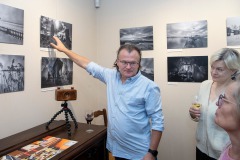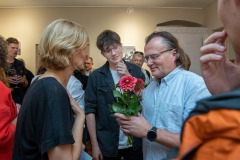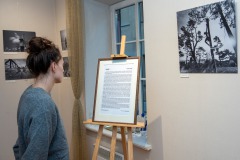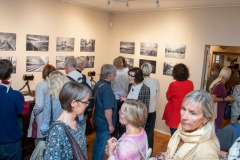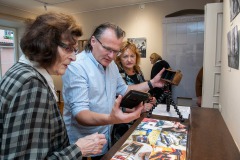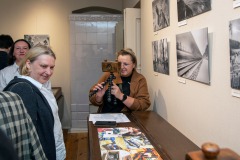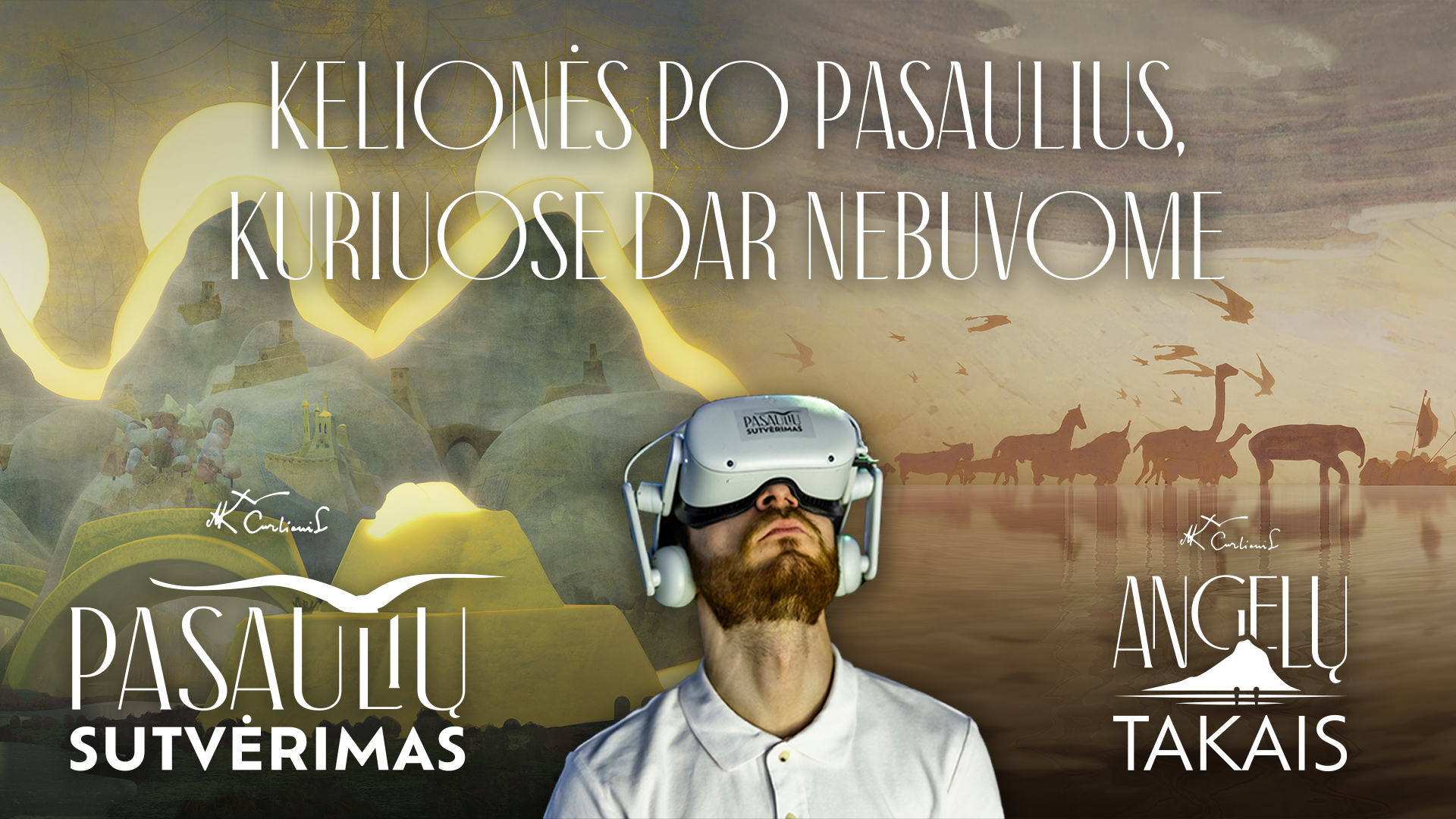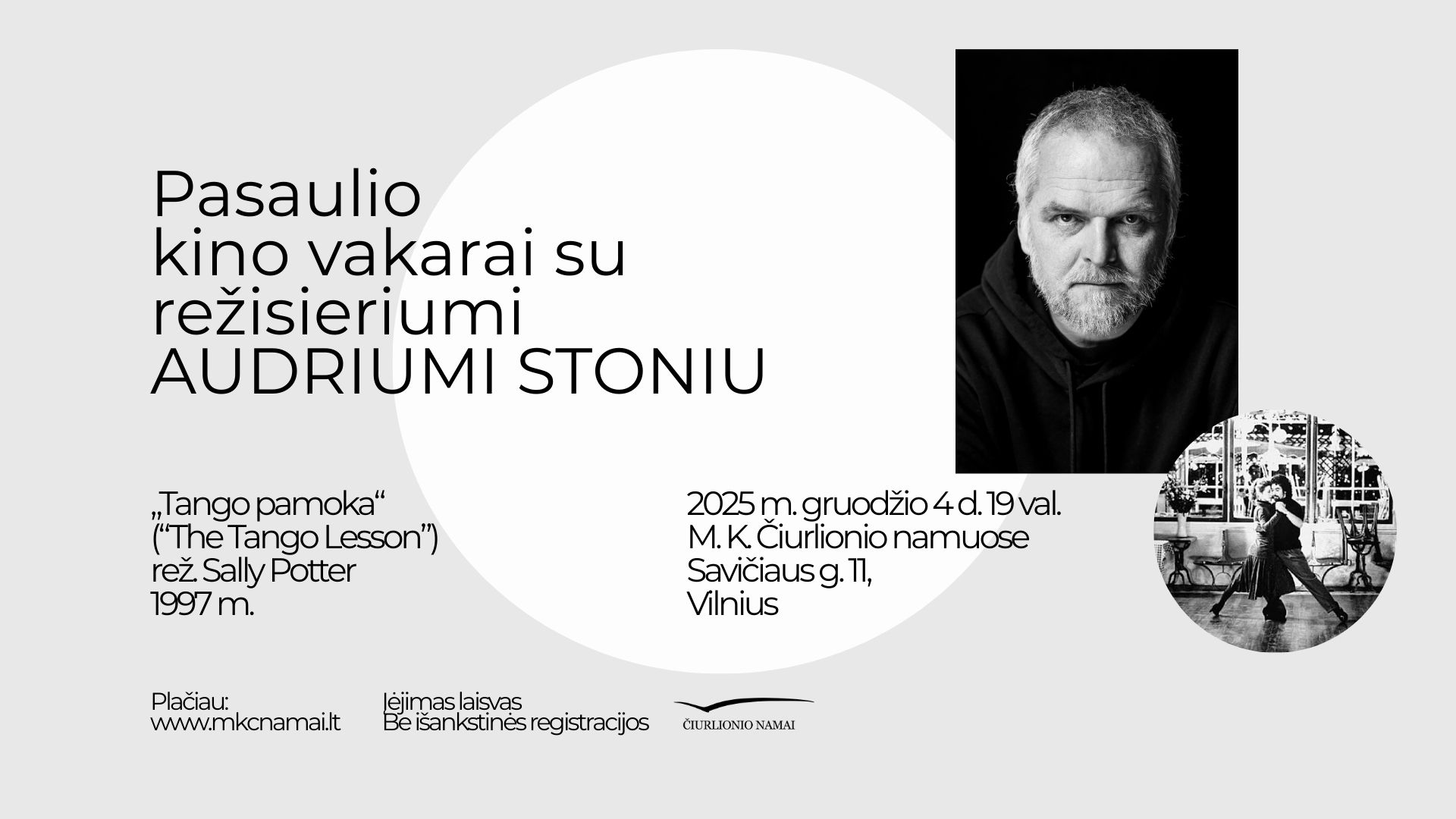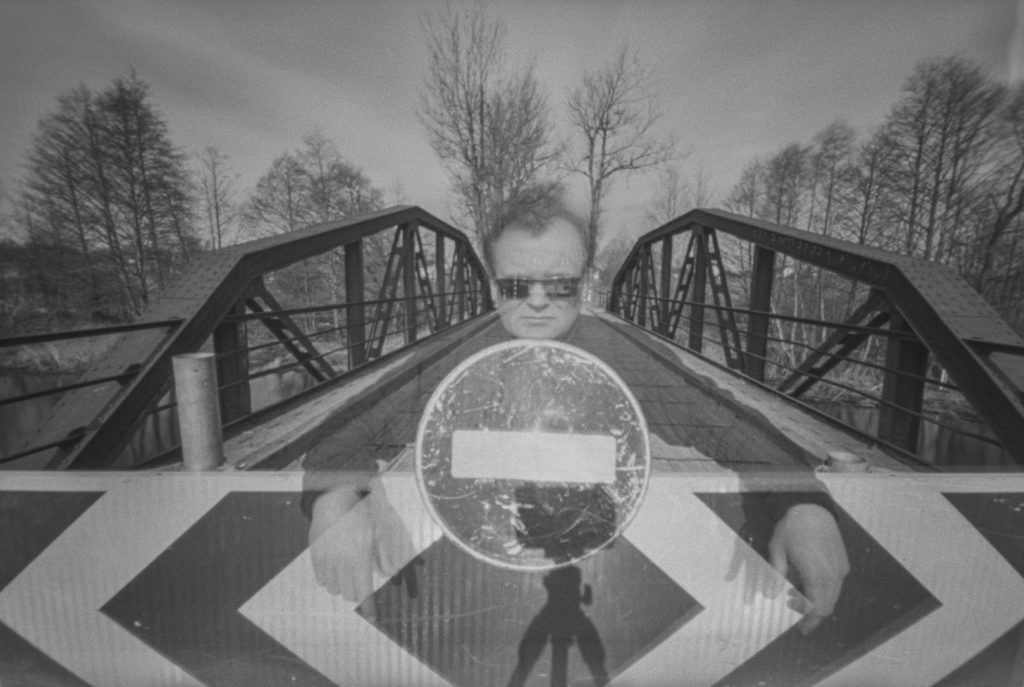
P. Lilleikis. Miražai. Autoportretas-plyta.
A photography exhibition by Paulius Lileikis
“Camera obscura. Mirages”
25 09 - 23 11 2024
Opening on 25 September at 6 pm.
Paulius Lileikis, who has been employing a photo camera for almost four decades, has already tried almost all genres of photography, not only unlocking all technical possibilities – from developing film photographed with a Soviet "Smena"camera to digital video – but also creating his own aesthetic world as a photographer and his own philosophy of that world.
Paulius Lileikis graduated in journalism from Vilnius University in 1992, is a prize-winner of various competitions, a participant in many exhibitions, and a participant in the annual Lithuanian Press Photography Competition. The photographer has been awarded the Lithuanian press photography award "Golden Frame" three times after his photographs won the "Entertainment" (2002), "Political News" (2004), and "News" (2010) categories of the "Lithuanian Press Photography" competition. The Central State Archive of Lithuania already houses some of the photographer's archives, and a number of his works have found their way into many textbooks, encyclopedias, and private collections. As a professional in his field, Paulius Lileikis has taught photography at Vilnius University for many years and has been repeatedly invited to teach the principles of photo editing and composition at professional journalism courses. From the first days of the Sąjūdis reform movement, he was its chronicler, a photojournalist for the popular weekly "Mažoji Lietuva" ("Lithuania Minor"), and one of the founders of the Vilnius section. For his photographs capturing the difficult events leading up to Lithuania's independence, the photographer was awarded the Estonian Order of the Cross of Terra Mariana, 5th class.
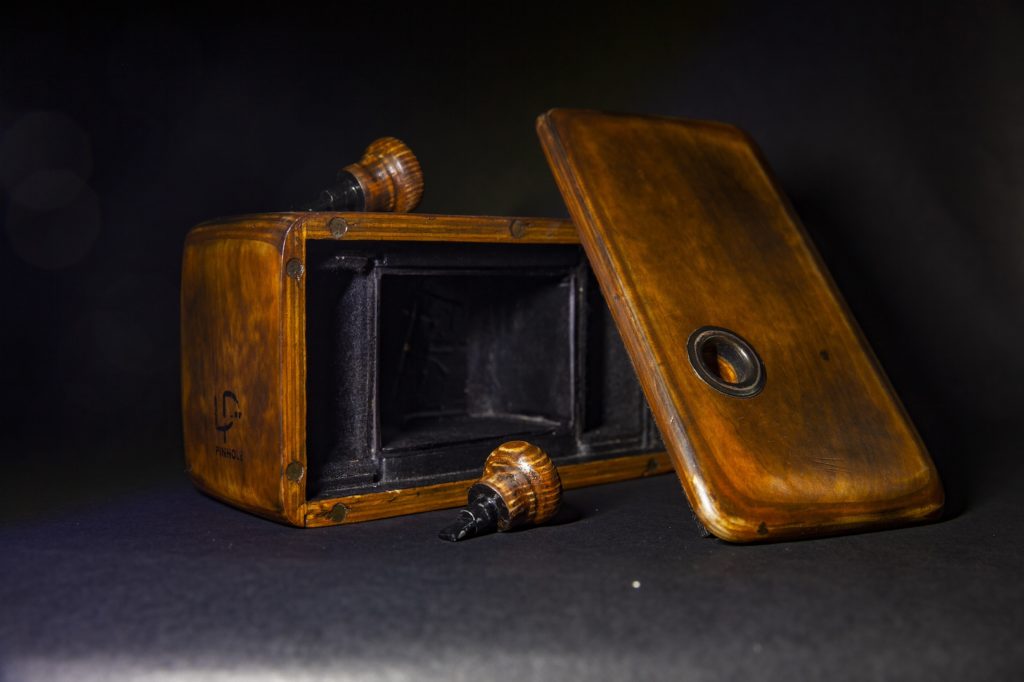
P. Lileikis. Savadarbė kamera – medinukas.
Twenty-four works in the exhibition "Camera Obscura. Mirage", accompanied by artifacts flying in the same creative orbit, show us another emploi of the photographer: a passionate hobby of a man who plays with his craft and his art, which, in the tsunami of today's digital images, allows us to escape from it and enjoy long-awaited images. Today, Paulius dives into the very nirvana of the art of photography – where light meets darkness and darkness meets light, where you leave the camera obscura and enter the camera lucida, and vice versa – from the camera lucida to the camera obscura. Only the former, the "little dark rooms", are represented by wooden boxes handmade by the author himself, while the latter, the "little light rooms", are represented by our whole world – everything under the Sun, which is the most important companion of Paulius' creative work lately.
In the first half of the 20th century, the Dutch historian, cultural researcher, and game theorist Johan Huizinga introduced the term "playful man" (homo ludens) into the cultural field. Thus, the photographer Paulius Lileikis, going back to the origins of photography itself, choosing the pinhole way of capturing images, indulges in the game, plunges into it with his whole body and soul, counting the hours, and sometimes days, in order to get a predictable, but often even unpredictable, shot. The pinhole (which in English means a hole pierced by a needle, and in photography, it plays the role of a diaphragm instead of an objective) is only obeyed by the most patient marathoners, whose mentality allows them to set up the forty-one kilometers in their brains in such a way as to be able to complete it with pleasure. It is with pleasure that Paulius enters this game. The philosophy of "fast food" and quick results does not fit here, but rather the patience that comes from weaving a Persian carpet with silk threads.
Flirting with light, with the intensity of the Sun's rays and its trajectory in the sky, the photographer shapes the frame in such a way that this process becomes, in a sense, a hypnosis session. The play of light and shadows is characteristic not only of Greek columns and porticoes but also of those Paulius' "wooden boxes". The possibilities of the camera obscuraimage projection were explored by the Greek thinkers Aristotle and Euclid, and the Chinese philosopher Mozi as early as the 4th century BC. Later, in the 10th century, the Arab physicist and mathematician Ibn al Haytham invented the first pinhole camera. In 1485, the Italian artist Leonardo da Vinci described in detail the working principle of the camera obscura. It was not until 1850 that the first photograph was taken based on the principle presented by this artist.
Why "Mirages"? The title of the exhibition was chosen by Paulius very aptly and capaciously, because the author's field of meanings encompasses everything that the camera obscura produces: in a complete artwork, it is as if you can see something very clear and concrete, but at the same time, there is also the "veil" of abstraction that prevents you from confidently believing in the reality that is seen. Even the self-portrait that "intrudes" into the works creates a small sense of doubt as to its reality. This doubt does not remain when observing the complete cycle of twenty-four works: the pinhole play with light and shadows by Paulius Lileikis is a testimony to another creative niche that he has found as a talented photographer.
Valdas Puteikis
The exhibition runs until 23 November 2024.
M. K. Čiurlionis House working hours:
Tuesday to Friday: from 11 a.m. to 5 p.m.
Saturday: from 1 p.m. to 5 p.m.
Monday and Sunday: CLOSED.
Entrance is free of charge.

